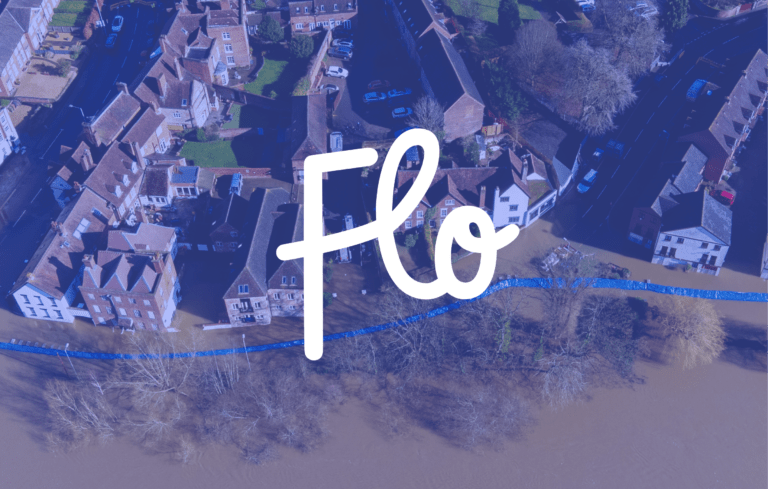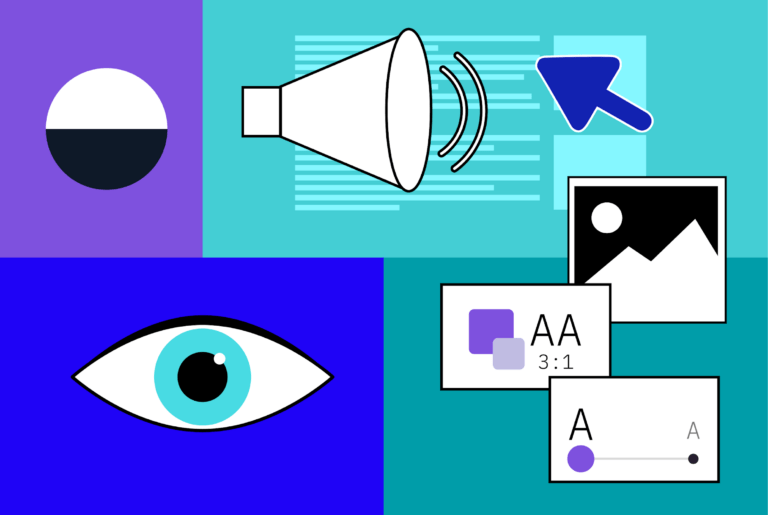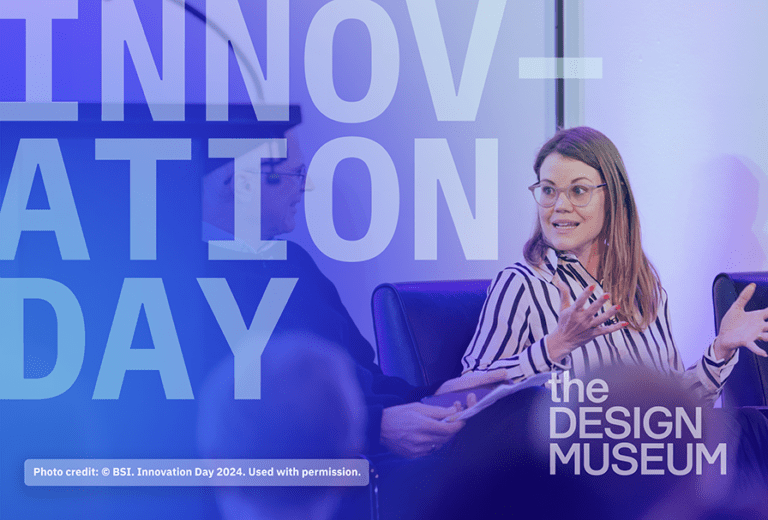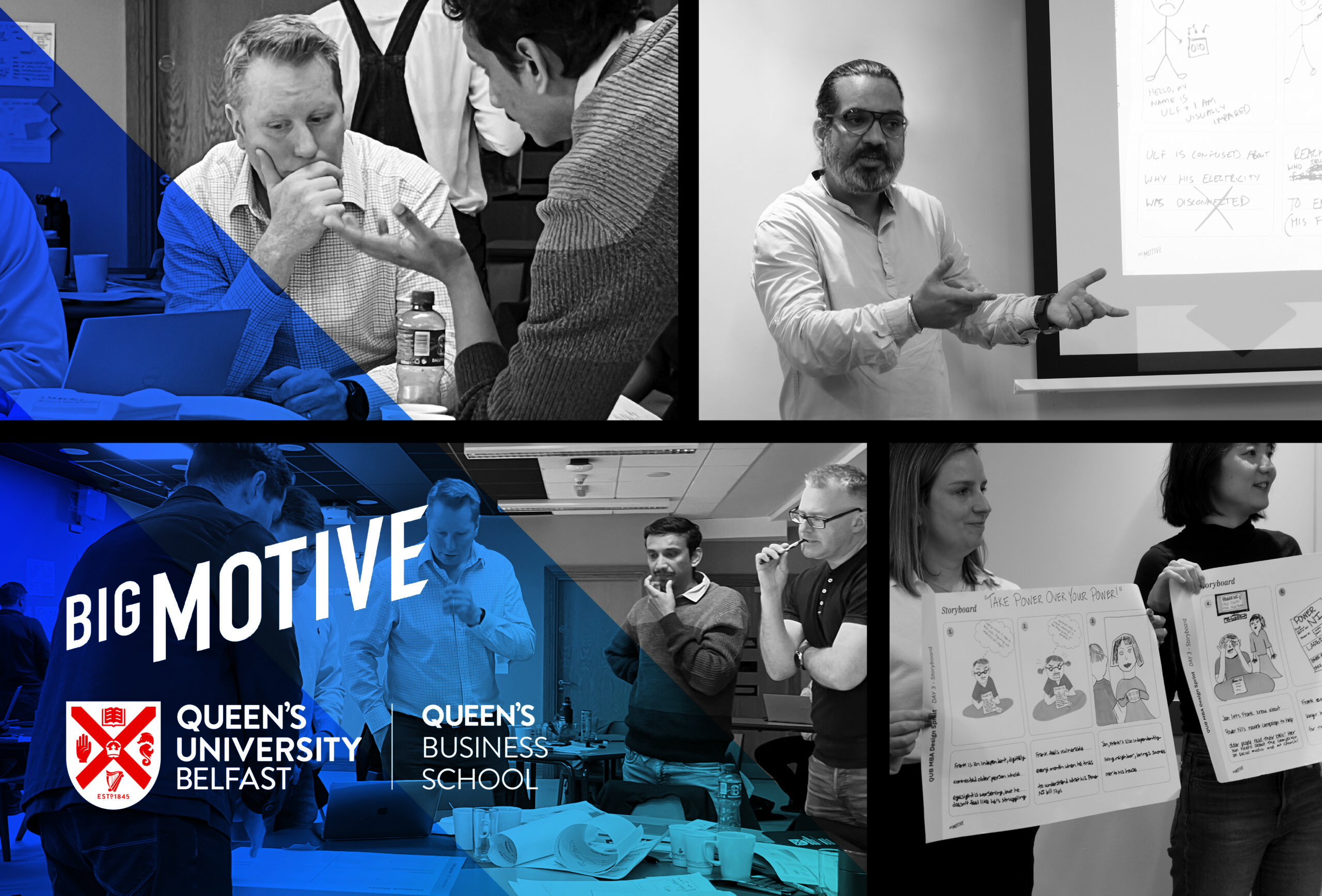
From Discovery to Delivery: Inside a Design Sprint with Queen’s University Belfast’s MBA
Discover how Queen’s University Belfast’s top 40 global MBA programme integrates hands-on Design Sprints, equipping future leaders with essential problem-solving and innovation skills.
After a year off, returning from maternity leave and stepping back into the rhythm of work has been a refreshing experience for me. It was especially serendipitous that I returned just as we were about to kick off our 5th Design Sprint with the MBA programme at Queen’s University Belfast.
The QUB MBA sprint was one of the first projects I took on when I joined Big Motive back in 2020, and it has only gotten better over the years. Being one of the top 40 MBA programmes globally, the QUB MBA stands out by incorporating hands-on design sprints into its curriculum.
The sprint gives students a unique edge, equipping them with the skills to face ambiguity and devise innovative solutions that deliver real impact. It’s a highlight in the programme, shaping graduates who are ready to bring fresh, strategic perspectives into their fields.
This year we had a cohort of 18 business leaders, divided into four teams. They tackled a real-world challenge with PowerNI, experimenting, prototyping, and refining their solutions in just three intense days.
Why Design Thinking Is Critical for Business Leaders
Reflecting on the sprint, I’d like to share why design is so crucial in a business setting. In today’s fast-paced, ever-evolving world, where challenges are often unpredictable, a creative and adaptable mindset has never been more essential. Traditional problem-solving tends to focus on reaching a solution quickly, often relying on assumptions. Design Thinking, however, encourages us to approach problems with openness, lean into inquiry, respond flexibly, and continuously adapt.
In my view, the mindset behind Design Thinking matters even more than the process itself: it’s about recognising that multiple solutions are possible and that involving users, stakeholders, and the broader community provides valuable insights into alternative ways of seeing and defining the problem. This approach is the key to navigating complex situations—a skill critical for anyone aiming to lead and succeed in business today.
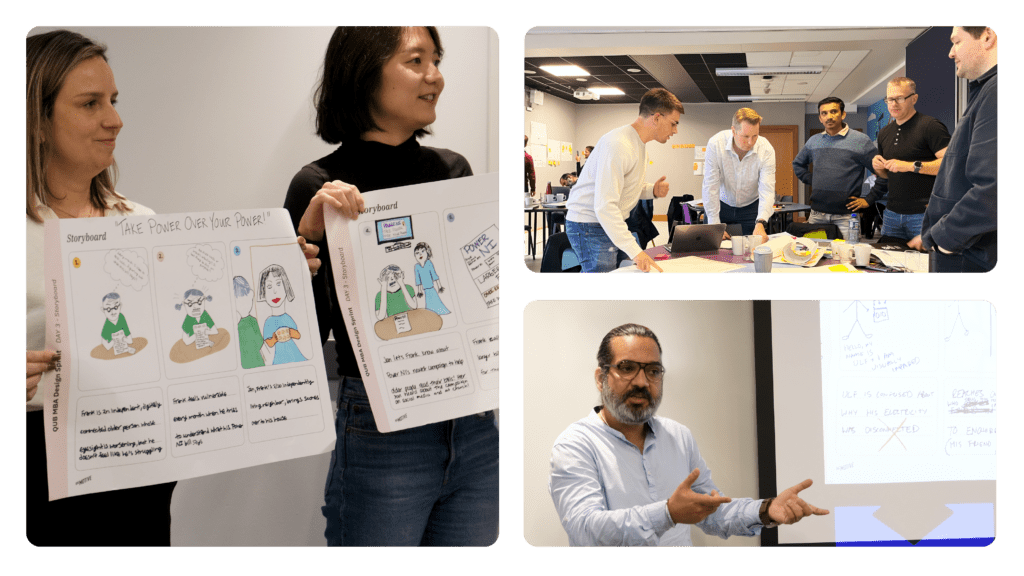
The Double Diamond Framework: Stages of the Design Sprint
We used The Double Diamond framework to guide each stage of the Design Sprint. In the Discover phase, students expanded their understanding of the problem through research, gathering insights, and empathy-building. We had help from Age NI and Christians Against Poverty, who stepped in as proxies for our user groups. This stage is invaluable for uncovering hidden issues and developing a human-centred view of the challenge.
In the Define phase, students distilled their research into a clear problem statement, allowing them to focus their efforts. This is a critical skill which we don’t practise enough: evaluating if the challenge is in fact what we think it is, rather than jumping into solutions. The more clarity you have on root causes, the better you can address and enable targeted solutions.
The Develop stage is the most chaotic and stressful point of a sprint, and it saw students brainstorming on a range of ideas. These groups had never worked together before, and it is a double challenge to get to know each other while taking creative risks and experimenting. In the Develop stage, teamwork and trust in the process can go a long way to surface a diversity of ideas – and this is where innovation thrives.
Finally, in the Deliver phase, the teams selected and finalised a storyboard which they used to present their solution to the problem owner (PowerNI). In this phase, it is important to learn to elicit the right feedback so you can course-correct your idea early on, ensuring it is desirable by the users and feasible for the business.
Reflections on the Experience
The design process is rarely linear – often it’s messy, full of twists and turns, and unpredictable moments. I am conditioned to it, but I could see how some of the students were out of their comfort zone. But on the last day, they had all arrived at a feasible solution to present, and that’s what makes it so rewarding. Watching these future leaders dive into the Sprint, grapple with the challenge, and work through it collaboratively showed the power of creative problem-solving.
A special shoutout goes to my colleague Rick, who not only led the project but also took charge of the logistics and much of the delivery. His dedication made the entire experience possible for all of us. Ciarán provided consistent support and input every day, while Rebecca and Rachel each delivered critical pieces of the Sprint, bringing invaluable insights and energy to the sessions.
And finally, a big thank you to Gwyneth at PowerNI and Silviu at QUB for trusting us with this challenge and providing the students with such a meaningful, real-world opportunity. It’s been a privilege to return to work on such a high note.
Get in touch!
If you’re curious about how design sprints can transform your approach to problem-solving, reach out or read more about our Design Sprint services.
